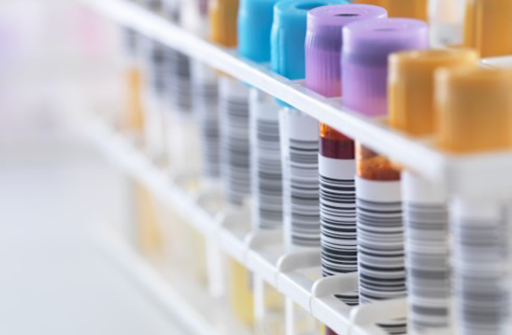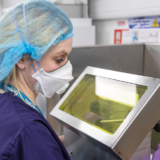The need to humanise drug discovery was highlighted in the State of the Discovery Nation report. This is not surprising given that from the 63% of drugs that pass Phase I safety, only 31% pass Phase II human proof of concept and only 50% pass on through Phase III to FDA approval. Using human samples early in the medicines discovery research process is a key way to reduce drug failure rates. There are therefore plenty of arguments for using human samples in research. But have you ever thought about the added value you might get from collaborating with a sample resource, such as a Biobank?
Fall back in love with sample resources
There are over 300 existing samples resources in the UK, from longitudinal cohorts, to disease-based Biobanks, to bespoke collections services. Accessing human samples via a sample resource such as these may sound like an obligatory hurdle, but these resources can offer so much more than sample delivery.
Sample resources are embedded in a clinical environment and often have years of experience working with medicines discovery researchers, clinicians and pathologists. They can help you decide which conditions your samples should be processed in, what associated data you may need to answer your research question and they may even be able to offer help in experimental or assay design.
Any big developments in science require a collaborative approach spanning multidisciplinary teams. Is it time we included sample resources in this team?
Find your match
Until recently, there has been no coordinated effort to improve the visibility of what sample resources are where. In 2014, we established the UKCRC Tissue Directory and Coordination Centre to meet precisely this need. Since then, we have collated meta-data on the types of collections and capabilities housed by over 250 UK sample resources.
This information is publicly available online through the UKCRC Tissue Directory, the UK’s only sample directory that can be searched by gender, age and disease. You can also find resources that can acquire bespoke collections for you. We have also introduced a data standard, which means that it will soon be possible to easily pool data from different sample resources.
All this work is embedded in a European research infrastructure (BBMRI-ERIC), meaning our sample resources are networked with those throughout Europe.
In addition to all this, we work with regulators and funders to make sure that this UK infrastructure is at its most efficient, by reducing duplication in spending and effort. We sit at the interface between research and sample infrastructures and as such are in a unique position to advise and direct from a neutral standpoint. So now locating a sample resource to add value to your research couldn’t be easier.
A happily ever after…
Biobanking is no longer an outdated habit of hoarding samples for the benefit of one researcher, but one founded on collaboration and open science. UK sample resources are opening up to working with researchers from outside of their own academic organisation. In addition, here are the UKCRC TDCC, we are harnessing advances in data analytics to help sample resources process and share data more easily.
Together we want to put the human back in the centre of biomedical research, for the benefit of everyone.
Do you use human samples in your research? Get in touch to help us improve: we are conducting some research into human sample use in the UK and we want to hear from you.
About the author
Dr Emma Lawrence is Engagement Manager, Research, at the UKCRC Tissue Directory and Coordination Centre.
This article is from a series contributed by the UK drug discovery community. For more information read our disclaimer.





